Mortgage rates rose for the seventh consecutive week, inching closer to the 8% mark, a level some lenders have already been originating at, according to Freddie Mac.
Its Primary Mortgage Market Survey found the average for the 30-year fixed rate loan increased 16 basis points to 7.79% for the week of Oct. 26, up from 7.63% seven days prior and 7.08% one year ago. That was the first time the 30-year FRM had been over 7% since April 2002.
Yesterday, the Mortgage Bankers Association’s latest weekly application survey reported a 7.9% average for the 30-year FRM.
Furthermore, the 15-year fixed crossed above the 7% barrier for the first time since the week of Dec. 15, 2000, to 7.03%, from 6.92% the prior week and 6.36% the prior year.
“Rates have risen two full percentage points in 2023 alone and, as we head into Halloween, the impacts may scare potential homebuyers,” said Freddie Mac Chief Economist Sam Khater in a press release. “Purchase activity has slowed to a virtual standstill, affordability remains a significant hurdle for many and the only way to address it is lower rates and greater inventory.”
During the past seven days, the 10-year Treasury yield flirted with crossing the 5% ceiling. But in the early reaction to a strong gross domestic product report, the yield was down a scant 5 basis points to 4.91% on Thursday morning at 11:30 a.m.
While on Oct. 19, the 10-year closed just shy of 4.99%, by Monday it was back down to 4.84%.
“Upside inflation risk, rising government borrowing and dysfunction in the nation’s capital are all pushing bond yields higher,” said Orphe Divounguy, senior macroeconomist at Zillow Home Loans, in a statement that came out Wednesday night. “Real interest rates and inflation expectations have moved higher, explaining why mortgage rates will likely stay elevated, at least in the near term.”
Zillow’s rate tracker as of Thursday morning for the 30-year FRM found it at 7.78%, versus the prior week’s average of 7.67%.
In the third quarter, GDP grew by 4.9% on an annual basis, according to a preliminary estimate from the Bureau of Economic Analysis. This compared with 2.1% in the second quarter.
BEA attributed the increase in part to gains in consumer spending, a category that among other things includes housing.
“As excess savings built up during the pandemic continue to drop and wage gains decelerate, it is difficult to see how this pace of consumer spending growth can be maintained,” Mike Fratantoni, chief economist at the Mortgage Bankers Association, said in a statement. “We are now seeing some consumer stress in the rising delinquency rates for credit cards and auto loans.”
So far mortgages are not affected by that rise in consumer defaults. The total delinquency rate, loans 30 days or more past due, including those in foreclosure, was 2.6% in August, a historic low, said CoreLogic. That is a 0.1 percentage point decline from July and a 0.2 percentage point drop from one year ago.
“U.S. mortgage performance remained strong in August, supported by a robust job market and a healthy economy,” said Molly Boesel, principal economist at CoreLogic, in a press release. “However, this thriving job market comes at a time when interest rates are quickly rising, which is keeping many potential homebuyers from being able to secure a mortgage.”
This quarter’s GDP results indicate consumers are still happy to spend in spite of rising interest rates, said Nigel Green, CEO of DeVere Group, a financial advisory firm.
Yet, enough negative signals remain for an economic downturn that investors and others need to be concerned about.
“The bond market is sending red-flag signals that it believes a recession is looming,” Green said. “For more than a year now, we’ve seen an inverted yield curve,” and every time this has happened since the 1960s, a recession has followed.
“It’s happened for the last eight recessions ¡ª and it’s never been wrong,” Green continued.



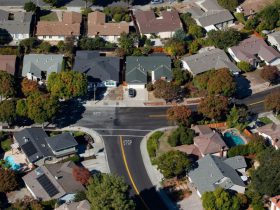



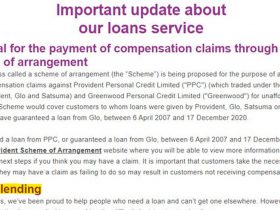

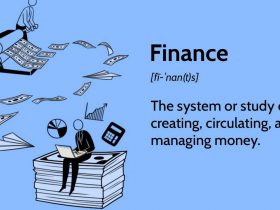

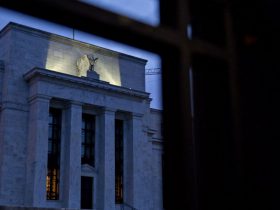
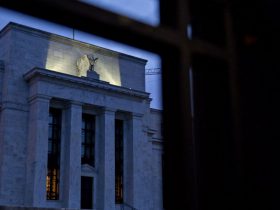

Leave a Reply